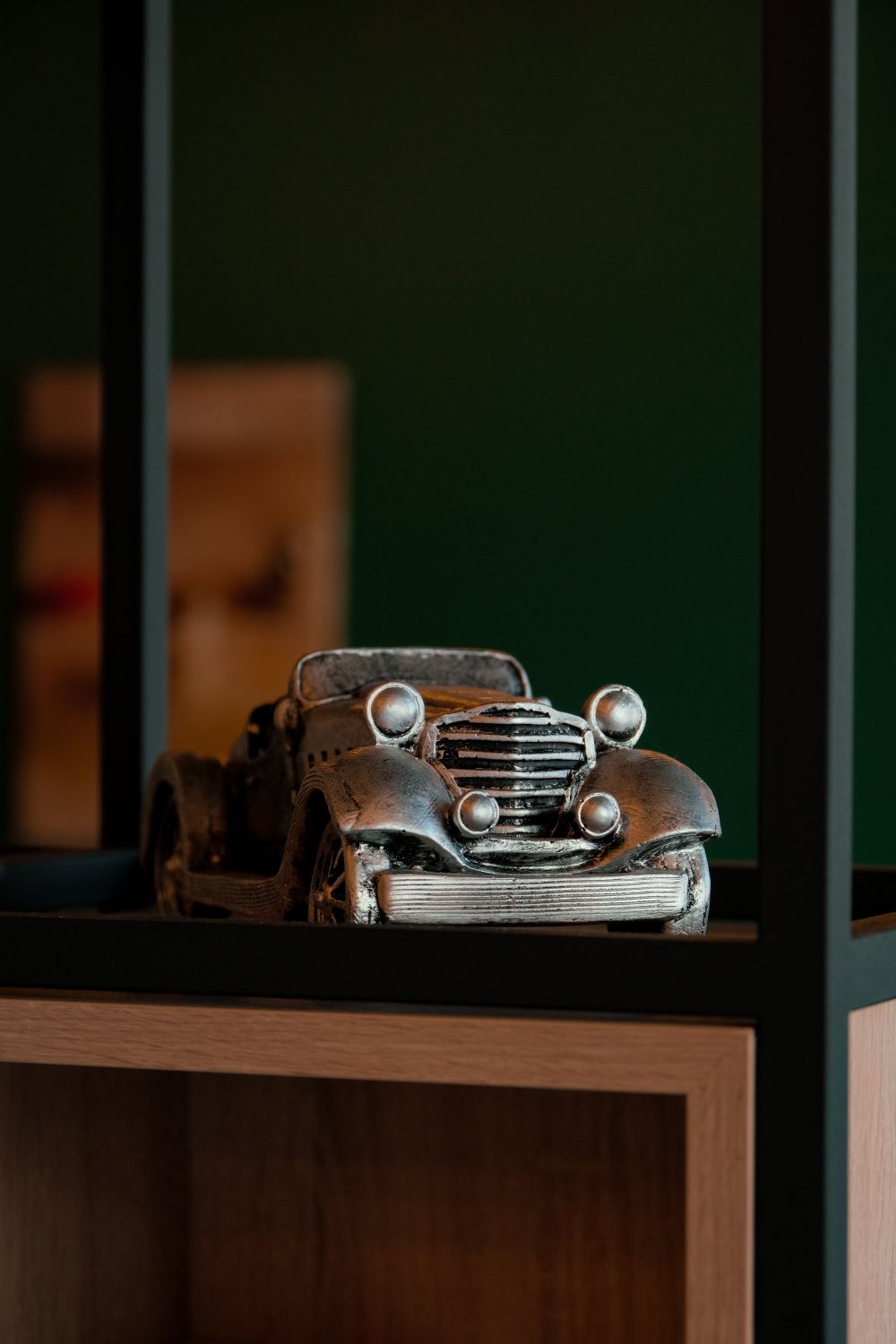American Classic Cars: A Comprehensive Guide for Car Enthusiasts

Introduction
American classic cars hold a special place in the hearts of car enthusiasts worldwide. These iconic vehicles are renowned for their timeless designs, powerful engines, and rich history. In this article, we will provide an in-depth overview of American classic cars, including the various types available, their popularity, and key differentiating factors that make them unique. Additionally, we will analyze the quantitative measurements associated with these cars and delve into the historical pros and cons of different models. Finally, we will explore the crucial factors that influence car enthusiasts when purchasing a classic car.
I. An Overview of American Classic Cars

American classic cars encompass a wide range of vehicles produced primarily in the United States between the early 1900s and the late 1970s. These automobiles are known for their distinct features, such as their iconic body styles, large engines, and luxurious interiors. From the sleek lines of a Chevrolet Bel Air to the aggressive presence of a Ford Mustang, American classic cars are instantly recognizable and evoke a sense of nostalgia.
II. Types and Popularity of American Classic Cars
There are several types of American classic cars that have gained immense popularity over the years. These include muscle cars, hot rods, luxury cars, and pony cars. Muscle cars, such as the Chevrolet Camaro and Dodge Charger, are known for their high-performance engines and aggressive styling. Hot rods, on the other hand, are modified versions of classic cars that focus on speed and customization. Luxury cars like the Cadillac Eldorado and the Lincoln Continental offer elegance, comfort, and advanced features. Pony cars, epitomized by the Ford Mustang and Chevrolet Camaro, combine style and affordability, making them widely loved by enthusiasts.
The popularity of American classic cars stems from their timeless appeal and cultural significance. These vehicles often represent a golden era of American automotive history and symbolize freedom, individuality, and craftsmanship. Their enduring popularity is further fueled by collectors, car shows, and the dedicated community of classic car enthusiasts.
III. Quantitative Measurements of American Classic Cars
Quantitative measurements play a crucial role in evaluating the performance and value of American classic cars. Factors such as horsepower, torque, acceleration, and top speed are essential indicators of a car’s capabilities. Additionally, metrics like production numbers, rarity, and market value provide insight into the desirability and investment potential of a classic car. Analyzing these quantitative measurements allows enthusiasts to make informed decisions and understand the unique qualities of each vehicle.
IV. The Distinctions between Different American Classic Cars
Despite their shared heritage, American classic cars exhibit distinct characteristics that set them apart from each other. These distinctions can be seen in their design cues, construction methods, and driving experiences. For instance, muscle cars often feature aggressive styling, robust engines, and a focus on straight-line speed. Luxury cars, on the other hand, prioritize comfort, elegance, and advanced technologies. These nuances make each type of American classic car appeal to different tastes and preferences.
V. Historical Pros and Cons of American Classic Cars
Examining the historical pros and cons of American classic cars provides valuable insights into their development and evolution over time. For example, the introduction of emission regulations in the 1970s led to a decline in performance for many classic cars, as manufacturers focused on meeting regulatory standards. However, this period also paved the way for innovations in fuel efficiency and safety features. Understanding the historical context allows enthusiasts to appreciate the strengths and weaknesses of different classic cars and make informed choices when entering the world of American classics.
VI. Key Considerations for Car Enthusiasts when Purchasing a Classic Car
When purchasing a classic car, there are several crucial factors that car enthusiasts consider. These include the car’s condition, rarity, authenticity, provenance, and the availability of spare parts. Additionally, maintenance costs, restoration potential, and potential for appreciation in value are vital considerations. By weighing these factors, enthusiasts can make informed decisions and enjoy their classic cars without unexpected challenges.
Conclusion
American classic cars hold a revered status in the automotive world, captivating enthusiasts with their timeless designs, powerful engines, and cultural significance. This comprehensive guide has provided a detailed overview of American classic cars, delving into their various types, popularity, quantitative measurements, distinctions, historical pros and cons, and key considerations for car enthusiasts. Owning an American classic car is not merely about driving a car; it is about embracing a piece of history and passion that continues to thrive today.
FAQ
What are American classic cars?
What are some popular types of American classic cars?
What factors should car enthusiasts consider when purchasing a classic car?
Fler nyheter
Guide till begagnade bilar i Vimmerby
Introduction American classic cars hold a special place in the hearts of car enthusiasts worldwide. These iconic vehicles are renowned for their timeless designs, powerful engines, and rich history. In this article, we will provide an in-depth overvi...
Lotta Alberius
24 juni 2024
Elcyklar i Göteborg – en smart väg framåt
Introduction American classic cars hold a special place in the hearts of car enthusiasts worldwide. These iconic vehicles are renowned for their timeless designs, powerful engines, and rich history. In this article, we will provide an in-depth overvi...
Lotta Alberius
19 juni 2024
Bärgningstjänst i Dalarna – allt du behöver veta
Introduction American classic cars hold a special place in the hearts of car enthusiasts worldwide. These iconic vehicles are renowned for their timeless designs, powerful engines, and rich history. In this article, we will provide an in-depth overvi...
Maja Bergman Lindberg
13 juni 2024
Bärgning av lastbil: En viktig operation för trygghet på vägarna
Introduction American classic cars hold a special place in the hearts of car enthusiasts worldwide. These iconic vehicles are renowned for their timeless designs, powerful engines, and rich history. In this article, we will provide an in-depth overvi...
Veronica Urena
12 juni 2024











